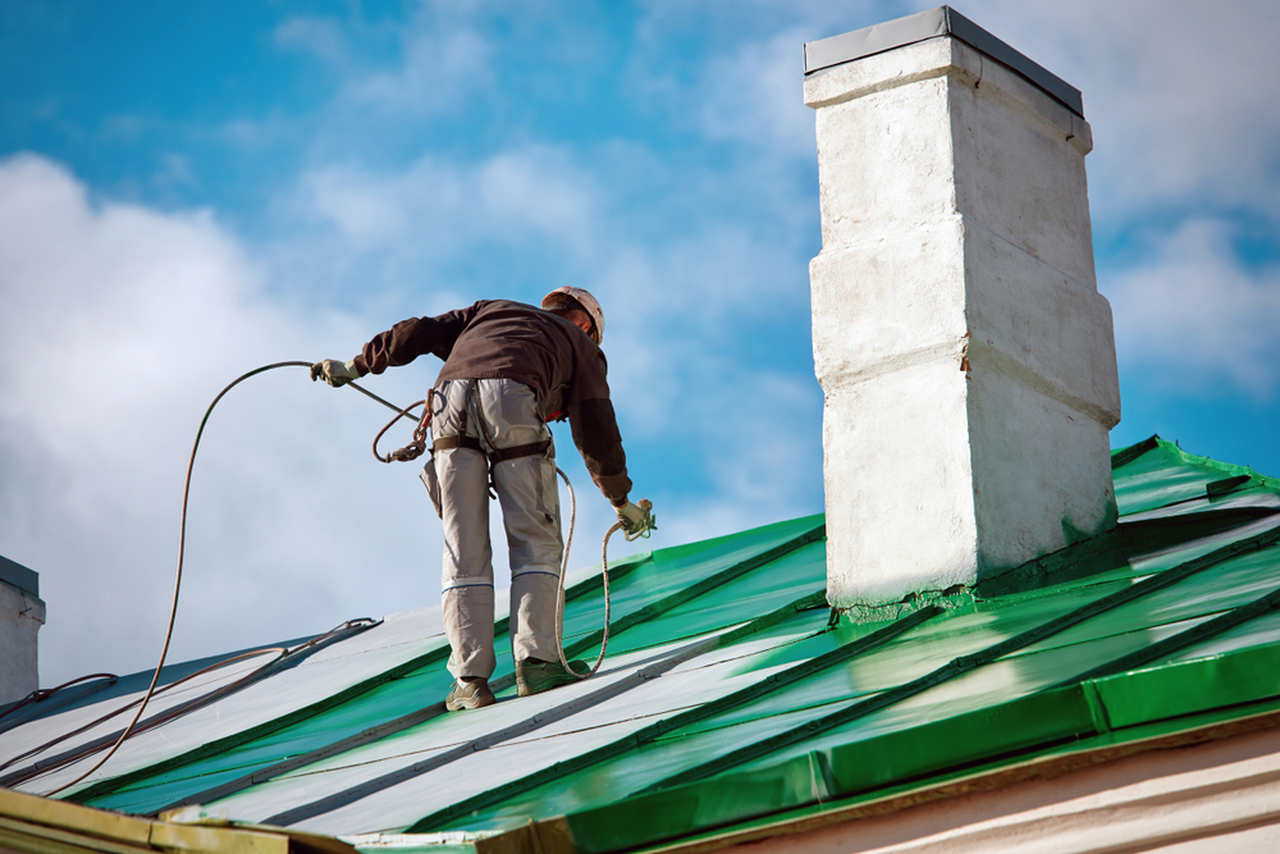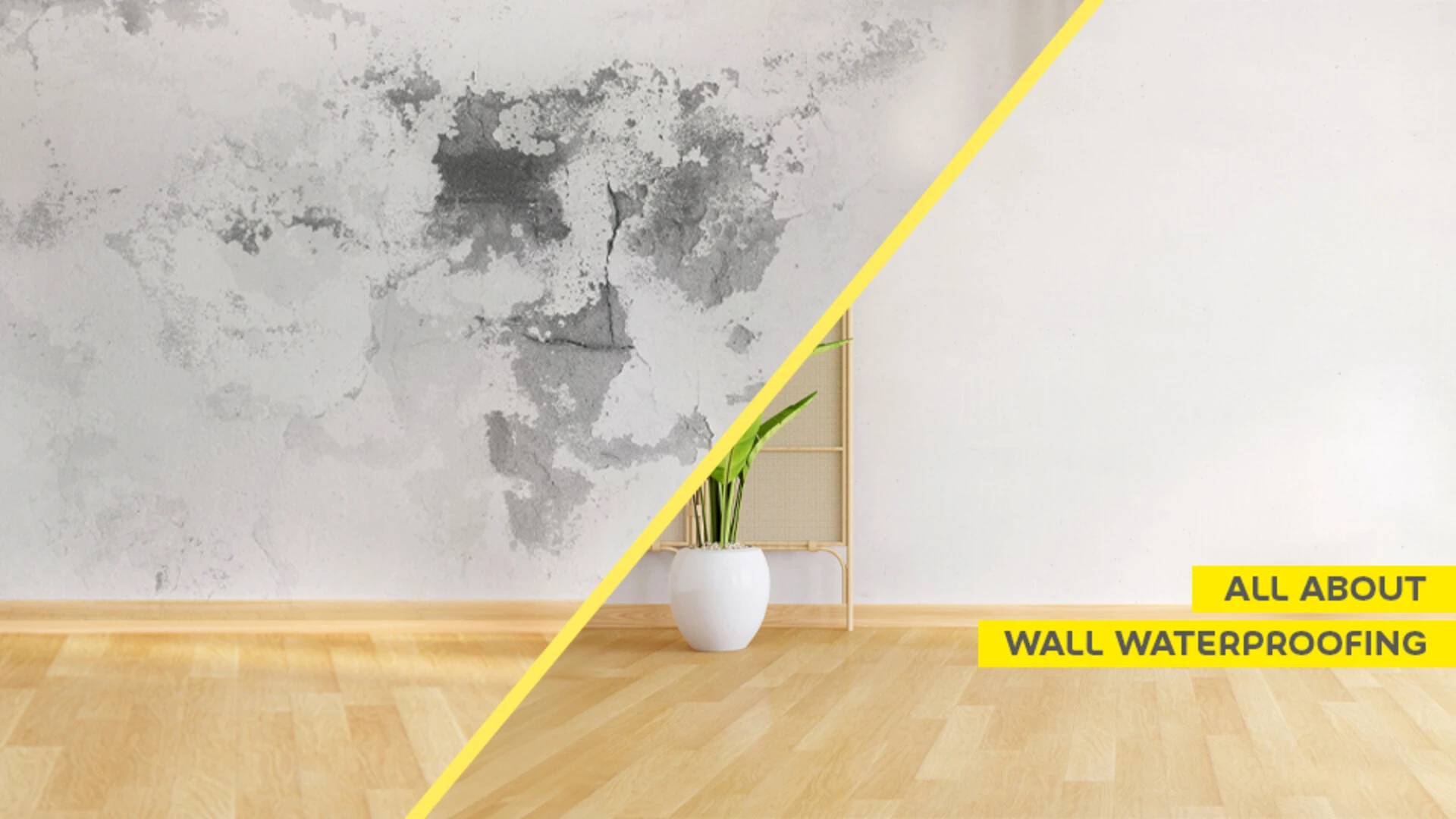How Yard drainage Omaha Can Eliminate Standing Water
Wiki Article
Kinds of Waterproofing: Discovering the Various Approaches and Their Applications
Waterproofing is a crucial element of building and maintenance. It shields frameworks from the destructive impacts of water damage. There are several approaches offered, each with its distinct applications and advantages. From membrane layer systems to cementitious services, comprehending these choices is necessary for effective application. The choice of waterproofing technique can considerably impact toughness and durability. Checking out these different strategies exposes their distinctive advantages and possible difficulties, motivating additional factor to consider of optimal options.Membrane Layer Waterproofing Solutions
Membrane waterproofing systems function as a vital barrier versus water invasion in different structures. These systems commonly include thin sheets made from materials like rubber, polycarbonate, or bitumen, which are put on surfaces to stop dampness infiltration. They can be set up over or below grade and are particularly efficient in areas susceptible to high water exposure, such as cellars, roofing systems, and foundations.The setup procedure involves cleaning the substratum, applying adhesives or primers, and specifically suitable the membrane to assure complete protection. Membrane systems can be either fully adhered, mechanically attached, or laid loose, depending upon the certain needs of the project. They provide toughness and flexibility, fitting architectural activities without endangering their waterproofing abilities. These systems can be enhanced with extra layers for boosted protection. Inevitably, membrane waterproofing systems are important for safeguarding structures against water damages and preserving long-lasting integrity.Liquid-Applied Waterproofing Coatings
Liquid-applied waterproofing layers supply a versatile remedy for securing surface areas from water seepage - Sump pump discharge drainage Omaha. These coatings are composed of fluid materials that, when used, create a seamless, adaptable membrane layer. Their adaptability permits for application on different substratums, consisting of concrete, steel, and timber. The finishings can be used in diverse environments, from residential to industrial settings, making them appropriate for roofing systems, foundations, and below-grade structures.One significant advantage of liquid-applied layers is their capability to satisfy irregular forms and penetrate fractures, creating a durable barrier against dampness. They frequently exhibit excellent bond residential properties and resistance to UV radiation, making certain durability and sturdiness. Additionally, the application process is normally simple, enabling quick installation and minimized labor costs. This approach also decreases the threat of water pooling, as the constant layer successfully routes water away from prone areas. Generally, liquid-applied waterproofing coatings are a reliable selection for detailed water securityCementitious Waterproofing Solutions

Cementitious waterproofing services use a robust choice for structures calling for dependable moisture security. These systems primarily use a mix of concrete, sand, and chemical additives to develop a water resistant barrier. They are commonly related to surface areas such as concrete wall surfaces, structures, and floors, giving a resilient, lasting defense against water intrusion.One of the crucial advantages of cementitious waterproofing is its convenience of application; it can be applied making use of a brush, roller, or spray, making it ideal for various job dimensions. their explanation In addition, this method works with several surfaces and can commonly be made use of in conjunction with other waterproofing techniques.Cementitious solutions are especially effective in settings where water exposure is a problem, such as cellars or below-grade structures. Their exceptional bond residential properties guarantee that they bond well with substrates, supplying a solid and impenetrable layer against dampness penetration.
Bentonite Waterproofing
Bentonite waterproofing is a highly efficient technique that makes use of salt bentonite clay to create a natural obstacle versus water. This strategy exploits the distinct residential or commercial properties of bentonite, which increases upon contact with water, sealing any type of potential leakages and avoiding dampness infiltration. It is commonly utilized in various applications, consisting of foundation walls, tunnels, and maintaining wall surfaces, where water resistance is essential.Bentonite can be used in numerous forms, such as panels or coverings, giving versatility in setup. Its ability to self-seal makes it an appealing choice for locations subject to changing soil or changing water levels. Furthermore, bentonite waterproofing is environmentally friendly, as it is an all-natural material that does not introduce hazardous chemicals right into the surroundings.Drainage and External Waterproofing Solutions
Effective waterproofing often involves a combination of strategies, consisting of drainage and exterior systems. Drain systems, such as French drains pipes and sump pumps, are designed to reroute water far from structures, decreasing hydrostatic pressure versus foundations. These systems are essential in avoiding water build-up that can cause architectural damages and mold and mildew growth.External waterproofing, on the other hand, involves using safety barriers to the structure's exterior. Techniques such as the installation of water-proof membranes, coatings, or sealants can assist stop water seepage. This method not just secures the foundation however additionally boosts the general durability of the structure.Together, drainage and external waterproofing systems form an extensive option to handle water efficiently. By applying these methods, residential property proprietors can secure their seal waterproof financial investments against the destructive impacts of moisture, guaranteeing long-lasting stability and safety for their buildings.Frequently Asked Questions
Exactly how Do I Select the Right Waterproofing Technique for My Task?
Choosing the best waterproofing approach relies on aspects such as job type, ecological problems, Click Here spending plan, and preferred long life. Evaluating these facets enables informed choices tailored to details needs and needs.
Can Waterproofing Be Applied in Cold Weather Condition Issues?
Waterproofing can be applied in chilly climate problems, but it requires specific products and techniques. Cold temperatures may impact curing times and attachment, necessitating mindful option of products developed for low-temperature application.
What Are the Common Indicators of Waterproofing Failing?
Usual indications of waterproofing failing include visible water discolorations, peeling paint, wet smells, mold development, and cracks in walls or structures. French drain installation Omaha. These signs recommend that moisture is permeating the barrier, endangering its effectivenessHow Much Time Does Waterproofing Last Prior To Needing Maintenance?
The longevity of waterproofing varies, commonly lasting between 5 to ten years. Variables such as worldly top quality, ecological conditions, and maintenance techniques affect its longevity, necessitating routine examinations to ensure reliable defense against water intrusion.Are There Eco-Friendly Waterproofing Options Available?
The question of eco-friendly waterproofing options exposes a growing interest in sustainable products (Sump pump installation & replacement Omaha). Various all-natural materials, such as plant-based sealants and recycled items, use reliable remedies while decreasing ecological influence, attracting eco aware customersReport this wiki page